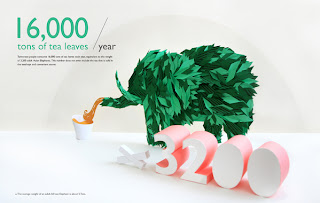In this lecture; the culture and tastes of the higher social class are explored along with their views on Art and the relationship between the higher culture and the fine arts. The notion of Avant Garde is also a strong point in this lecture, The adjective form is used in English to refer to people or works that are experimental or innovative, particularly with respect to art, culture, and politics.
- The avent guard is a modernist statement, the idea of modernism is linked with the idea of progress and doing something innovative. Describing something as avent-guard describes it as better in some way.
- Describing a haircut as Avant Garde means its experimental. A piece of typical avant garde artwork was the Marcel Duchamp style. It aimed to be shocking, sensational and radical. He was considered as the most important artist of the 20th century art scene.
- The creative act is not performed by the artist alone; the spectator brings the work in contact with the external world by deciphering and interpreting its inner qualifications and thus adds his contribution to the creative act. - Marcel Duchamp
Marcel created his own brand of art, "readmades". Altering everyday objects and signing them. His most radical example of this would be the Mona Lisa alteration, he scribbled a moustache and wrote the initials 'L.H.O.O.Q', saying this in French made the initials sound as if you were saying; 'She's got a hot ass'. A comical and radical change to a famous, recognised piece of artwork.
Research points...'Fauves' & 'LCAD'Concepts:1. Innovation2. Experimentation3. OriginalityArt school only attracted a handful of people because people believed art was about having the freedom to be creative.4. Creative Genius
Fauvism was a movement, derived from Les Fauves style of practice. The term was French for 'Wild Beasts' used to indicate an apparent lack of disciplines. The movement from 1904 - 1908 emphasised a strong use of colour over realistic values and painterly qualities, it was a wile and vibrant style of art with expressionist paintings that often shocked critics. The main artists of the time were HENRI MATISSE & ANDRE DERAIN. Critics would often call them 'Wild beasts' as they were all self taught painters, painting with an aggressive and loose style.
- If you attended art school education during the periods of the 16th, 17th and 18th century you were likely to be assigned a 'master' who's style you'd duplicate, copying their masterwork, again and again until you were graced with the opportunity to imitate their style. Even though the artwork may not have appealed to you, the aim was to meet what the audience wanted.
- The artists had to sell their work, if they couldn't produce work that appealed to the public, they'd fail in the industry.
An explanation of Fine Art... The Spot painting.
- The painting was replicated only 125 times, yet each one had different coloured dots. Art was meant to be creative and hold a sense of professionalism, yet this work was designed to sell.
- It's been sold for incredible amounts of money, when re-sold at auction it can gain more than $50.000 a piece.
- The piece goes against the original artistic qualities which makes it so popular as its not just about creativity and expressionism.





















